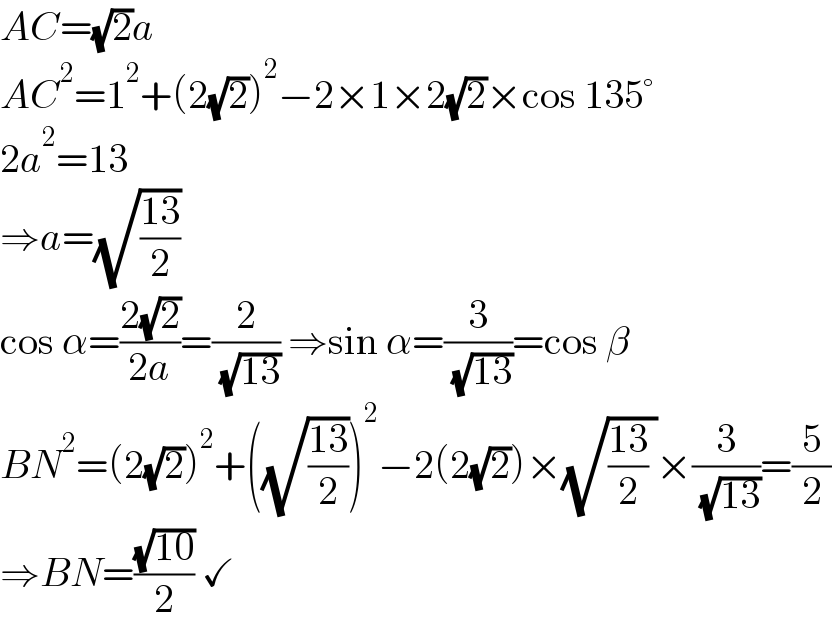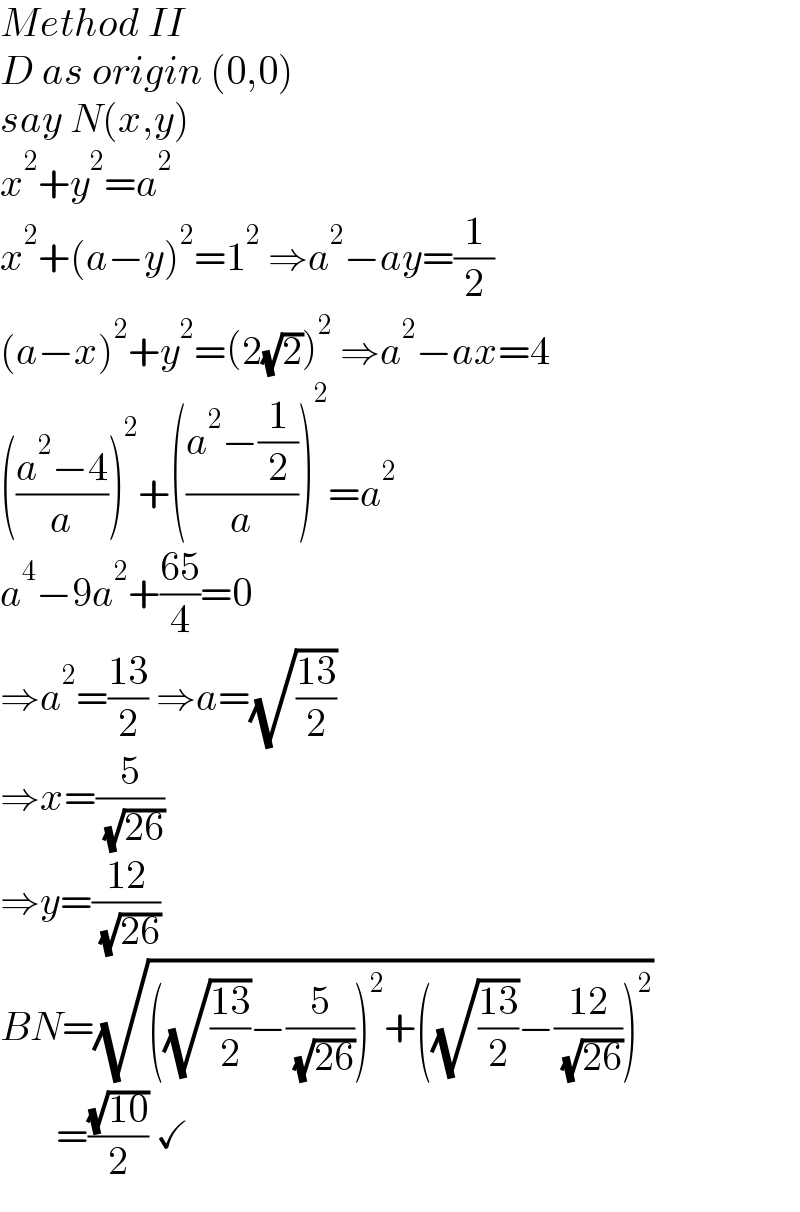
Question and Answers Forum
Question Number 183773 by HeferH last updated on 30/Dec/22

Answered by mr W last updated on 30/Dec/22

Commented by mr W last updated on 30/Dec/22

Answered by mr W last updated on 30/Dec/22

| ||
Question and Answers Forum | ||
Question Number 183773 by HeferH last updated on 30/Dec/22 | ||
 | ||
Answered by mr W last updated on 30/Dec/22 | ||
 | ||
Commented by mr W last updated on 30/Dec/22 | ||
 | ||
Answered by mr W last updated on 30/Dec/22 | ||
 | ||
| ||